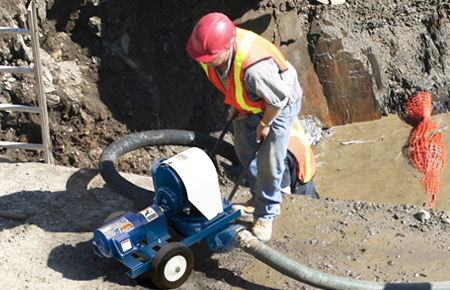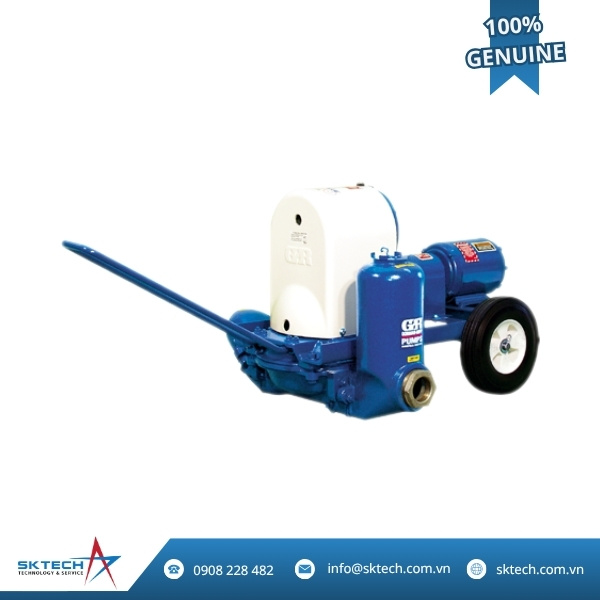A diaphragm pump is a type of positive displacement pump that uses a flexible diaphragm and check valves to pump fluids. When the diaphragm moves back and forth, it creates a vacuum that draws in fluid, which is then pushed out on the forward stroke.
These pumps are especially known for their ability to run dry, handle viscous, abrasive, or corrosive fluids, and self-priming capabilities. They are available in air-operated (AODD), electric, or manually operated versions depending on the application.

Applications
Thanks to their robust design and material compatibility, diaphragm pumps are used in a wide variety of sectors:
- Chemical transfer and dosing
- Wastewater treatment
- Food and beverage processing
- Oil and gas operations
- Mining and slurry handling
- Paints, inks, and coatings
- Pharmaceutical and cosmetics
- Agriculture and fertilizers
- Construction – dewatering and sludge pumping
- Marine and bilge pumping
FAQ – Frequently Asked Questions
Can a diaphragm pump run dry?
Yes. Diaphragm pumps can run dry without damage, which makes them ideal for applications with inconsistent or low fluid levels.
Are diaphragm pumps safe for chemical use?
Yes. With the proper material selection (e.g., PTFE, stainless steel, polypropylene), diaphragm pumps are excellent for handling aggressive or corrosive chemicals.
What kind of maintenance is required?
Diaphragm pumps have relatively low maintenance needs. Periodic inspection and diaphragm replacement are typically all that’s required.
Can diaphragm pumps handle solids?
Yes. Many models are designed to pass solids, making them suitable for slurry or sludge transfer.


